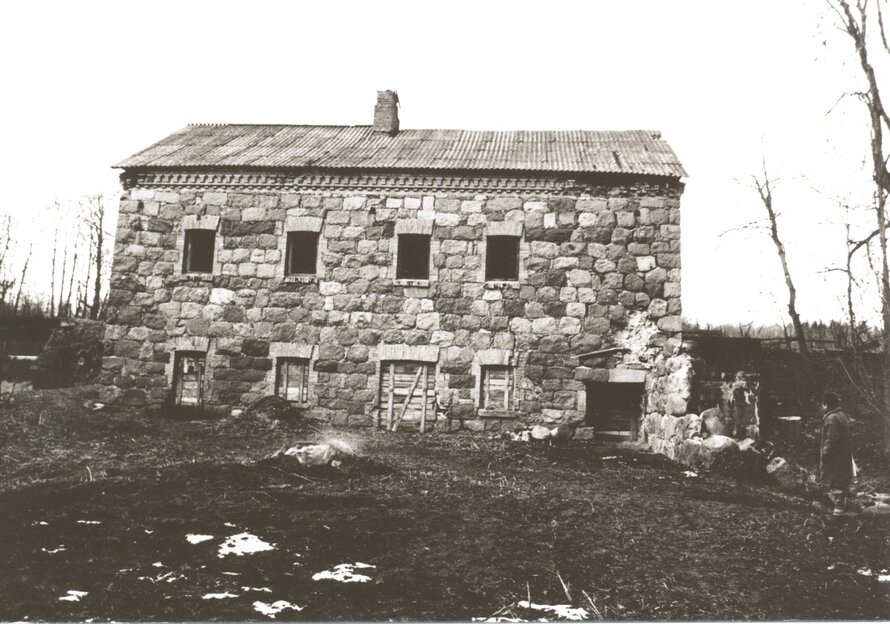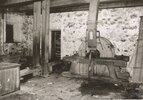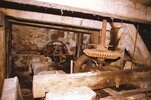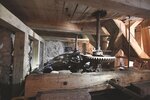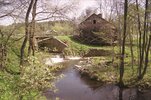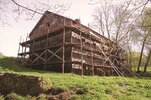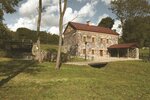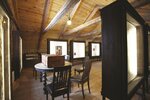Liubavas Watermill, restoration and conversion to a Museum
Liubavas watermill is one of the few buildings that remains from the former Liubavas Manor, located just 10 km outside Vilnius. The overall aim of the project "Restoration of Liubavas Watermill and its Adaptation to Museum" was to preserve the watermill and to make it accessible ...
Read more
Project details
| Title: | Liubavas Watermill, restoration and conversion to a Museum |
|---|---|
| Entr. year: | 2012 |
| Result: | Award |
| Country: | Lithuania |
| Town: | Liubavas village, Vilnius region |
| Category type: | building conservation |
| Building type/ Project type: | industrial heritage |
| Former use: | Watermill |
| Actual use: | Museum |
| Built: | 1902 |
| Architect / Proj.leader: | Public Institution EUROPOS PARKAS |
| The Jury's citation: | "This example vernacular architecture, in use until 1975, survived a difficult period of neglect. The restoration is very modest inside and outside. It is done with love and care. With it comes a book embedding the mill in a thorough way into its historical and landscape context. The jury is very pleased with the fact that the mill is being cared for now in a way that allows it to be a little anchor point for retelling and revaluating the interesting history of the area." |
| GPS: | 54°51'10,7" N; 25°20'16,5" E |
| Web, Links: | [www.liubavas.lt/home-en] [www.europosparkas.lt/] |
Description:
Liubavas watermill is one of the few buildings that remains from the former Liubavas Manor, located just 10 km outside Vilnius. The overall aim of the project "Restoration of Liubavas Watermill and its Adaptation to Museum" was to preserve the watermill and to make it accessible to the public through adaptation to museum. The project has been implemented from 30 June 2009 to 28 February 2011. The watermill, a construction of cleaved stone, was built in 1902. It stands out by its architectural, engineering and aesthetic value. The building has not been in use for many years and it was under risk of falling apart. Hence, it required urgent and complex efforts of conservation and restoration. The building itself as well as entire technological equipment and specific landscape characteristics has been thoroughly restored to retain authentic values of the watermill. Traditional techniques, skills and building materials, typical to the period of construction of the building, have been used. Historical, archaeological, architectural, ethnographic, engineering and other researches enabled to achieve maximum level of authenticity. Moreover, they provided with material for an exhibition, which has been designed and installed in the final phase of the project.
Similar projects
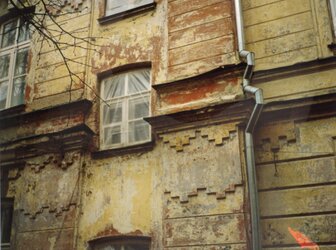
19th century
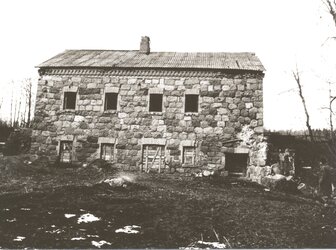
1902

19th-century
